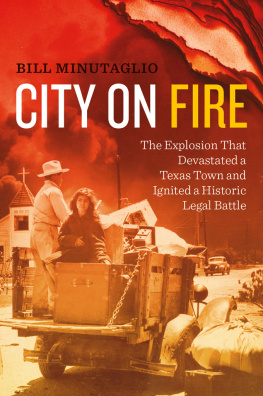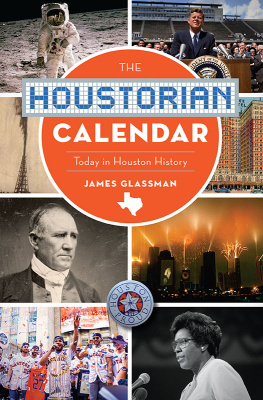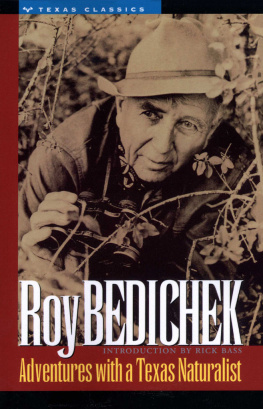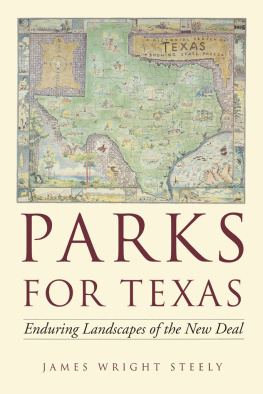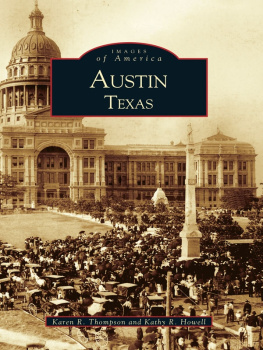ALSO BY BILL MINUTAGLIO
Dallas 1963 (with Steve Davis)
In Search of the Blues: A Journey to the Soul of Black Texas
Molly Ivins: A Rebel Life (with W. Michael Smith)
The Presidents Counselor: The Rise to Power of Alberto Gonzalez
First Son: George W. Bush and the Bush Family Dynasty
Locker Room Mojo: True Tales of Superstitions in Sports (with Nick Newton)
The Hidden City: Oak Cliff, Texas
City on Fire
BILL MINUTAGLIO
The Explosion That Devastated a Texas Town and Ignited a Historic Legal Battle

University of Texas Press
Austin
Excerpt from Revelation from Everything That Rises Must Converge by Flannery OConnor. Copyright 1965 by the Estate of Mary Flannery OConnor. Copyright renewed 1993 by Regina OConnor. Reprinted by permission of Farrar, Straus and Giroux, LLC.
Copyright 2003 by Bill Minutaglio
All rights reserved
Originally published by HarperCollins, 2003
First University of Texas Press edition, 2014
Requests for permission to reproduce material from this work should be sent to:
Permissions
University of Texas Press
P.O. Box 7819
Austin, TX 78713-7819
http://utpress.utexas.edu/index.php/rp-form
The Library of Congress has cataloged the earlier edition as follows:
Minutaglio, Bill.
City on fire: the forgotten disaster that devastated a town and ignited a landmark legal battle / Bill Minutaglio.1st ed.
p. cm.
1. FiresTexasTexas CityHistory20th century. 2. DisastersTexasTexas CityHistory20th century. 3. Industrial accidentsTexasTexas CityHistory20th century. 4. Texas City (Tex.)History20th century. 5. High Flyer (Ship). 6. Grandcamp (Ship). 7. Wilson B. Keene (Ship). 8. Texas City (Tex.)Biography. I. Title
F394.T4 M56 2003
976.4'139dc21
2002069064
ISBN 978-0-292-76104-9 (library e-book)
ISBN 978-0-292-76105-6 (individual e-book)
DOI: 10.7560/759237
To Holly
Contents
A visionary light settled in her eyes. She saw the streak as a vast swinging bridge extending upward from the earth through a field of living fire. Upon it a vast horde of souls were rumbling toward heaven.
Flannery OConnor, from Revelation, in her anthology Everything That Rises Must Converge
Introduction
Before international terrorists used ammonium nitrate in the first attack on the World Trade Center in 1993, before Osama bin Ladens network ordered the 1998 ammonium nitrate bombing of U.S. embassies, before Timothy McVeighs 1995 ammonium nitrate bombing of a federal building in Oklahoma... there was a far deadlier explosion in a small American city. It was also an ammonium nitrate explosionbut it was three hundred times more powerful than the one unleashed by McVeigh.
It claimed more lives on American soil than any other man-made disaster in the twentieth century. It was the greatest industrial tragedy in the history of the most industrialized country in the world.
On a beautiful spring day in 1947, the hardworking and perfectly American town of Texas City, Texas, almost disappeared from existence. Everyone in the small city was forced to face an endless series of converging, disparate forces.
Thousands of people were killed or wounded, a fire department was erased, planes fell from the sky, oceangoing freighters vanished. The most powerful people of the erathe president, Supreme Court justices, military commanders, Hollywood superstars, FBI directorswere drawn into the plot.
And then the patriotic residents of the small city found themselves becoming among the first to contemplate something equally impossiblethe belief that the blood of American citizens could be found on the hands of their leaders.
The Texas City Disaster, as it came to be known, would have lingering effects for millions of us.
It would set legal standards for determining if our elected officials have been horribly negligent in their duties to protect and serve the American people. It would redefine the entire way federal, state, and local officials respond to the most massive emergenciesincluding the 9/11 tragedies.
But, in time, many other Americans would cease to remember how the ordinary heroes in Texas City found themselves hurtling toward modern sciences deadly miraclesand toward the international schemes of the worlds leaders.
No one will ever know how many men, women, and children died in Texas City. Some say six hundred, some say seven hundred or eight hundredso many simply vanished that no one knows the real count. There were five thousand injured. Over two thousand homeless. Businesses, defense plants, refineries, houses, churches, planes, cars, trains, and huge ships were destroyed. The initial property damage was close to $4.5 billion. The lingering costs went much higher.
At the heart of the disaster was that once-seemingly magical compound called ammonium nitrate.
At the dawn of the twentieth century, the worlds brilliant scientists came frantically to the conclusion that the Earths natural nitrogen cycle would no longer be able to support life on the planet.
Influential chemists raced to their laboratories. They uncorked fabulous experiments with nitrogen, until Gods own coda seemed to be playing and startling, life-giving nitrogen compounds could be created in massive proportions.
The Nobel Prize was dutifully awarded to one one of those chemists, in grateful recognition that his work had saved mankindthat his compounds could be used to feed millions of starving people.
But it also became quickly clear that the thrilling chemistry had a profound dark side.
Those exact life-saving compounds could also be used to make the deadliest explosivesones that could conduct the great wars, destroy office towers, and level cities.
It was a horrific paradoxthe chemical miracles could be enduring nightmares.
In time, the world would become addicted to both possibilities:
The United States would use millions of pounds of the nitrogen compounds to bomb its enemies into submissionand it would use billions of pounds of the same compounds to grow crops in vulnerable, strategically important countries around the world.
Some studies show that American farmers now use about 17 billion pounds each year of the nitrate fertilizers. A federal study not long ago concluded that there is no pragmatic way to make ammonium nitrate safer without seriously affecting its use as a fertilizer.
It is a cruel irony that the good people of Texas City know better than anyone else in the country.
That irony first began to become clear for me one morning on a day that promised to emerge as beautiful as that one in 1947.
Exactly twenty years ago, I stood in the inky dark on the Texas City waterfront, fishing and waiting for the sun. When dawn finally arrived, it knocked my breath away. As the sun rose, there was the massive silhouette of a rusted ocean-bound freighterand behind it, endless miles of smoking, towering, dull-gray petrochemical plants.
It was like seeing something ominous rising up out of Texas Citys past.
From that day on, I began years of research into what really happened when Texas City became a city on fire.
More than two hundred people were interviewed for this book. More than thirty thousand pages of trial transcripts, federal inquiries, congressional committee hearings, and reports housed in the United States National Archives were examined. Original police logs, depositions, and deathbed statements were examined. Eyewitnesses who were within yards of the explosion were interviewed for the first time. International maritime experts were consulted. Thousands of pages of out-of-print newspapers, magazines, and medical journals were unearthed. Thousands more pages of FBI documents were ordered under the Freedom of Information Act. The archives of the Catholic Church were consulted.
Next page
